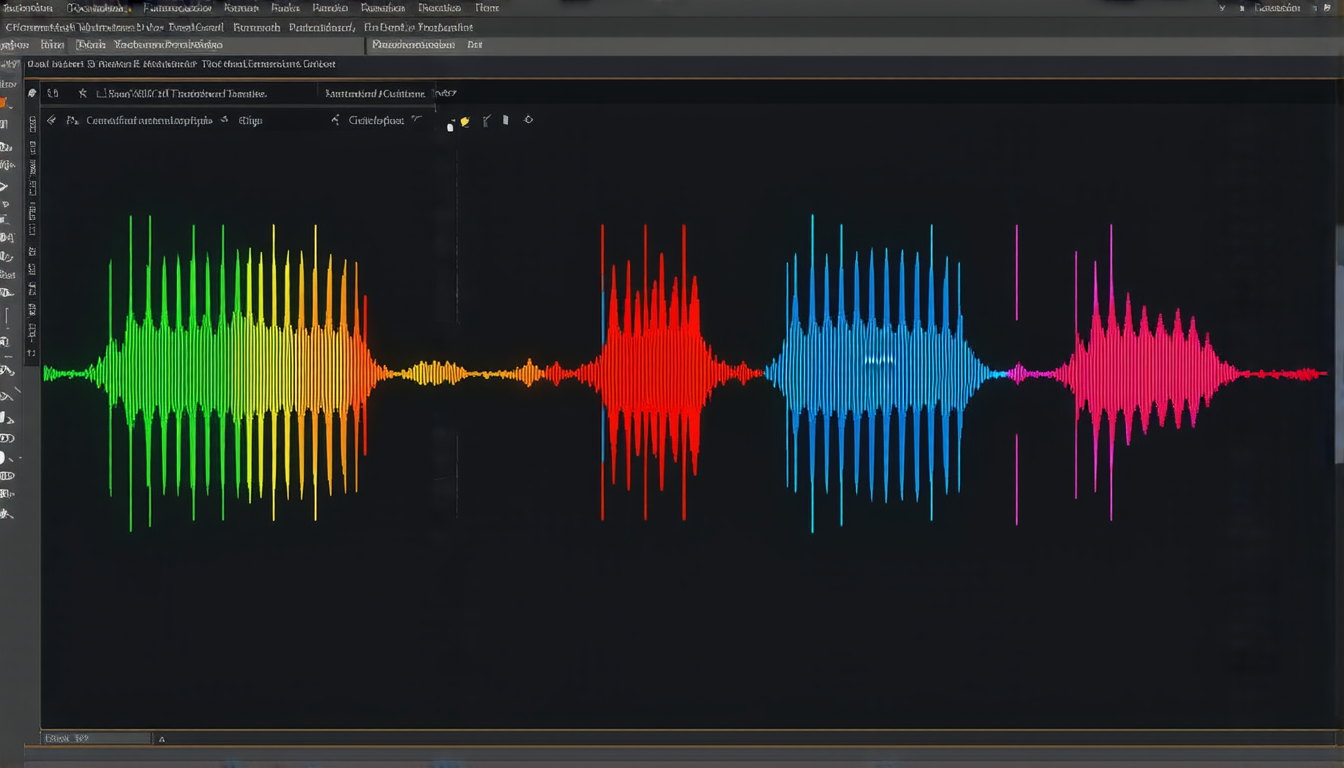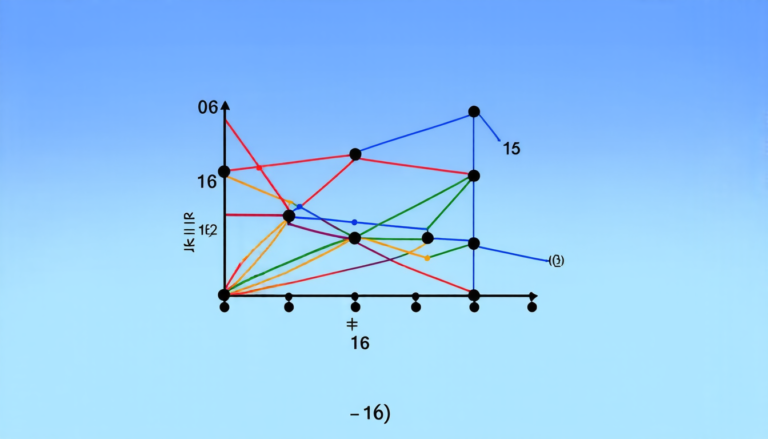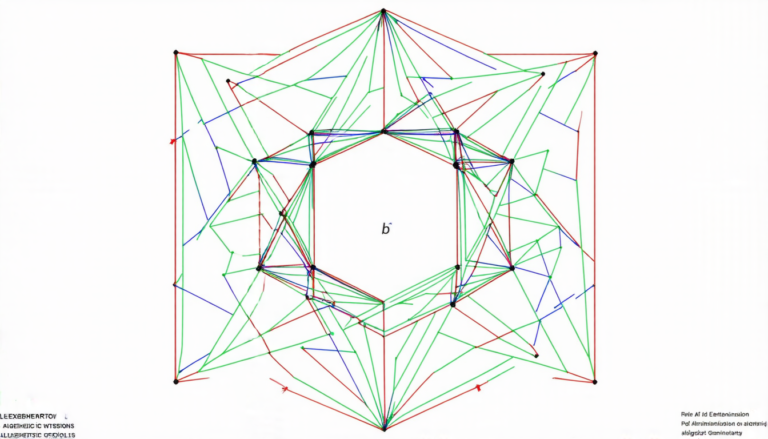Friday 28 March 2025
Mathematicians have been grappling with a fundamental problem in their field: how to transform real functions, which describe the world around us, into a different form that’s easier to work with. The usual approach is to use complex numbers, but this comes with its own set of complexities.
Now, a new solution has emerged that uses only real numbers and simplifies many mathematical operations. This breakthrough could have significant implications for fields such as physics, engineering, and signal processing.
The traditional method of Fourier analysis, developed by Joseph Fourier in the 19th century, is based on complex numbers. It’s a powerful tool for decomposing functions into their constituent parts, but it can be cumbersome to work with real functions directly. To get around this, mathematicians have been using tricks and approximations, which can lead to inaccuracies.
The new approach, developed by a single researcher, avoids all these complexities by defining a new type of Fourier transform that uses only real numbers. This means that real functions can be transformed into their constituent parts without having to deal with complex numbers.
One of the key benefits of this new method is its simplicity. It’s easier to understand and work with, which makes it more accessible to researchers in various fields. The approach also has some unexpected advantages, such as allowing for a greater degree of flexibility when dealing with real functions.
The implications of this breakthrough are far-reaching. For physicists, it could provide a new way to analyze the behavior of particles and systems. Engineers may find it useful for processing signals and analyzing data. And in fields like medicine and biology, it could aid in the analysis of complex biological systems.
While this is a significant development, it’s not without its limitations. The new method is not necessarily more powerful than traditional Fourier analysis, but it offers a different perspective on real functions. It may be particularly useful for researchers who are working with real-world data and need to analyze it in a straightforward way.
As research continues to evolve, this new approach could lead to further breakthroughs and innovations. For now, it provides a fresh perspective on an old problem, and that’s certainly worth exploring.
Cite this article: “Real Breakthrough: New Fourier Transform Simplifies Mathematical Operations”, The Science Archive, 2025.
Mathematics, Fourier Analysis, Complex Numbers, Real Functions, Signal Processing, Physics, Engineering, Medicine, Biology, Breakthrough, Innovation
Reference: Fulvio Sbisà, “A novel definition of real Fourier transform” (2025).







